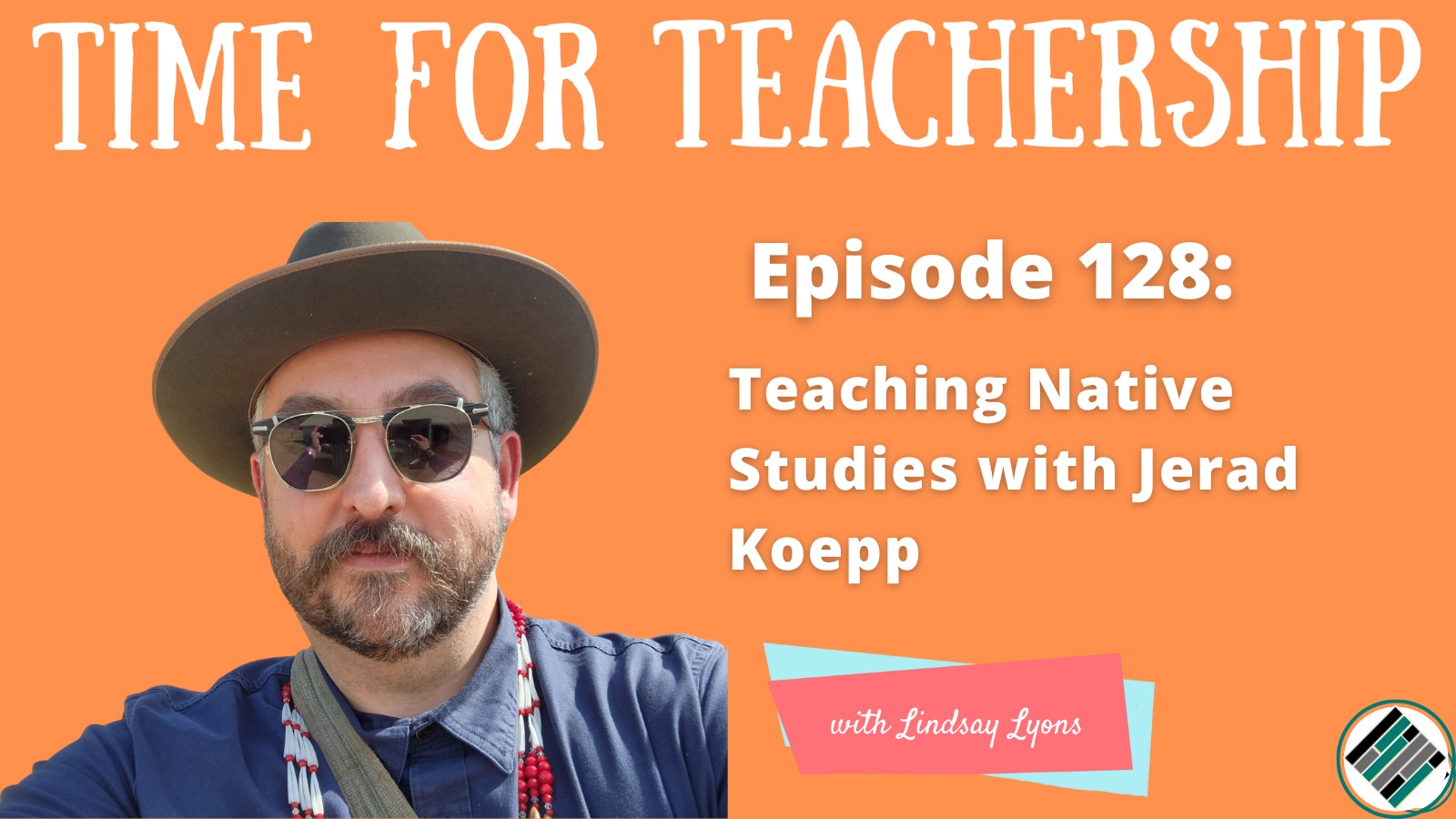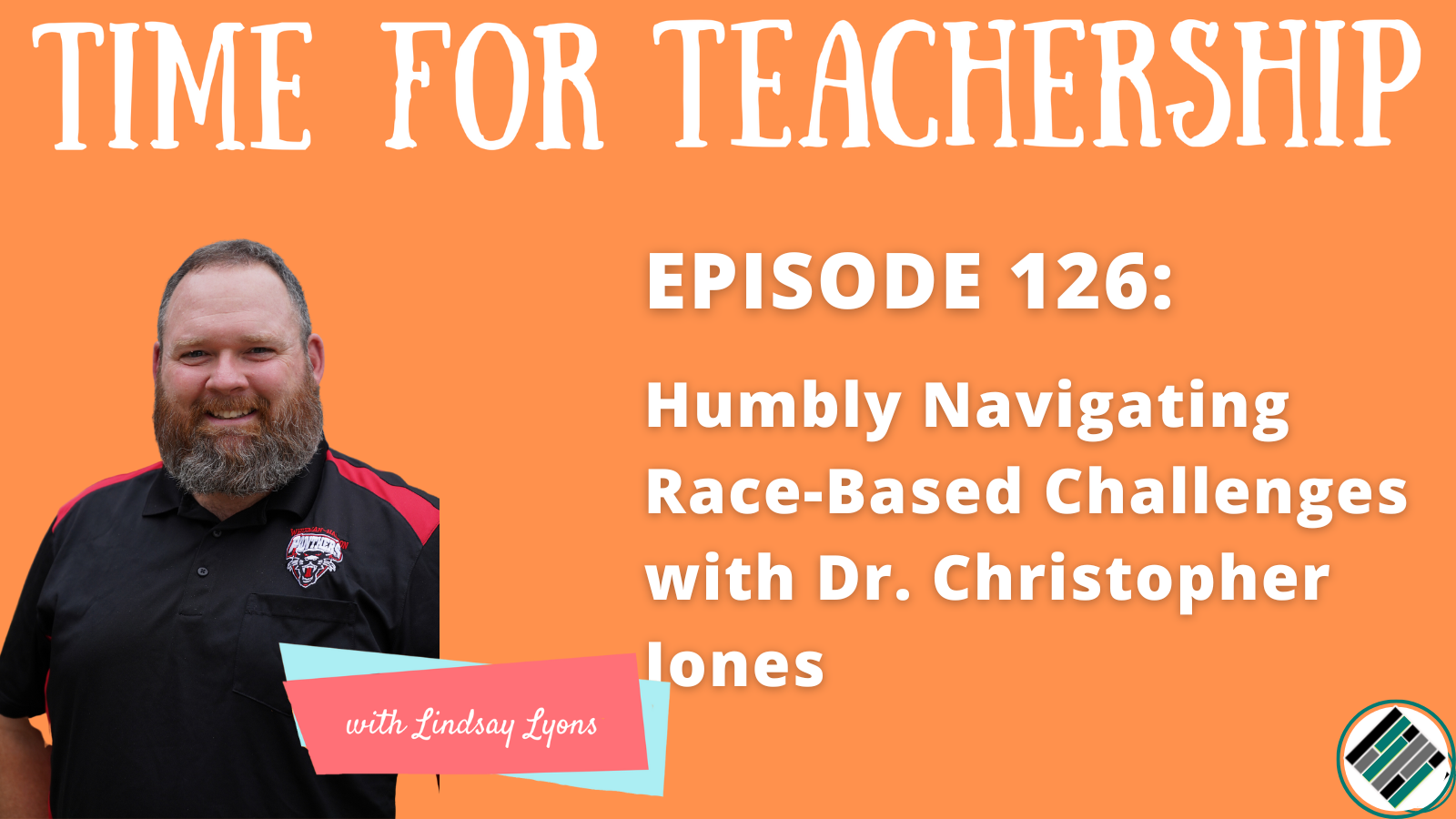
In this episode, Jeanette Shorey and I co-create a unit using my unit planning process. This one’s for music teachers (or any teacher wanting to incorporate music into their classroom), and would be great for the beginning of the year as the class culture is being developed.
Jeanette Shorey is National Board Certified music teacher with over 2 decades of experience teaching general music, choir, Orff ensembles, and group guitar. Jeanette is an Arts Integration Specialist, an instructional coach, a National presenter and a mentor. In this episode, we apply a step-by-step unit planning protocol to dream up a new unit where students co-create a supportive class culture and express the pursuits of identity, criticality, and joy through music!
Unit Planning Step 1: Context/Spark
We’re creating the first unit of the year where we develop class culture and explore, celebrate, and normalize different genres of music. The unit will take about 8 weeks, seeing students once a week for about 30-45 minutes per class.
Unit Planning Step 2: Pursuits (from Dr. Muhammad’s HILL Model)
Identity: How will our unit help students to learn something about themselves and/or about others?
Students will see themselves as a whole person, with all of their identities affirmed. They’ll also see themselves as a person who contributes to and works positively with the class as a whole. Importantly, Jeanette wants students to feel confident in their identities as creators. This includes students feeling comfortable sharing ideas with the confidence no one will laugh at them.
Criticality: How will our unit engage students’ thinking about power and equity and the disruption of oppression?
Each class has a different personality and a different way of working together in addition to classes spanning multiple grades, which means addressing power, equity, and how to disrupt oppression may require different approaches unique to each group.
Joy*: How will my unit enable, amplify, and spread joy?
*Joy is: beauty, aesthetics, truth, ease, wonder, wellness, solutions to the problems of the world, personal fulfillment, art, music
Jeanette’s goal is that students always find joy in Music class. She wants them to say, “That was my most fun class all week!” The goal is for students to cultivate a love of music, and for music class to not feel like a struggle for students.
Unit Planning Step 3: Project Question
What would it look like if we created music that shows how fabulous we are?
Unit Planning Step 4: Summative Project (Publishing Opportunity and Possible Formats)
Student music can be published as YouTube videos on the school’s private YouTube channel.
The music would likely be played on non-pitched percussion instruments. (Jeanette likes ukuleles!)
Unit Planning Step 5: Unit Arc
Hook (2 lessons)
Story book lesson: All Are Welcome Here by Alexandra Penfold.
Story book lesson: Your Name is a Song by Jamila Tompkins Bigalow.
In this second lesson, students can do a Circle activity with the following rounds:
- Say their name with an echo (the class repeats it with the correct pronunciation)
- Story of their name (in 1-2 sentences)
- Do it in rhythm (create and perform one, 1-measure sentence)
Build the Base (approximately 1 lesson)
Teach 4-measure rhythm.
(The goal is for students to be able to create a 4-measure rhythm for any concept with lyrics and play it on any one of 4 instruments.)
Case Studies
Create a 4-measure rhythm on:
First Case Study Lesson:
- How it feels when someone disrespects you
- How you react when someone disrespects you
- How you react when someone doesn’t appreciate your differences
Second Case Study Lesson:
- What you want us to call you and why
Third Case Study Lesson:
- What it looks like when you feel happy
- What makes you happiest (1 thing)
- The type of lesson that makes you happiest
Project Work Time/ Peer Feedback (2 lessons)
Students rehearse and record YouTube videos.
Stay Connected
You can find Jeanette on her website and on Facebook, Instagram, and YouTube @thehappymusicteacher. You can email her at [email protected]. Her awesome podcast is The Happy Music Teacher.
Books Mentioned:
To help you be a happy music teacher or incorporate music in your class, Jeanette is sharing her Lesson Plan Sampler (includes a lesson plan for All are Welcome along with another storybook lesson and a fun outdoor music activity) with you for free. And, if you’re looking for more details on the ideas in this blog post, listen to episode 134 of the Time for Teachership podcast. If you’re unable to listen or you prefer to read the full episode, you can find the transcript here.
Quotes:
- “They’re going to be composing and creating music together. I want them to feel confident in their identity as a creator. And it’s really tricky because…I don’t think they have a lot of time to be creative. And then they get into the music classroom and they’re like, ‘You want me to do what?’”
- “I think there’s value in being able to see children perform music and you know just the excitement when they’re creating something that they’re excited about and they’re playing something that they’re excited about. It is like you can just feel it in the expressions on their faces…it’s different than just listening to it.”
- “I’m really liking [this unit]. It’s, first of all, great to talk through something like this with someone, and that’s one of the things that I really want to have in my community, the Music Teacher Academy is the ability for music teachers to meet up together and do something like this…there’s a music teacher out there who calls us ‘on music teacher island,’…you’re trying to come up with wonderful, creative lessons for your students, and it’s really hard because it’s just you…to like be able to bounce the ideas off of you and you give me suggestions and vice versa. It’s like the most amazing process ever.”


















